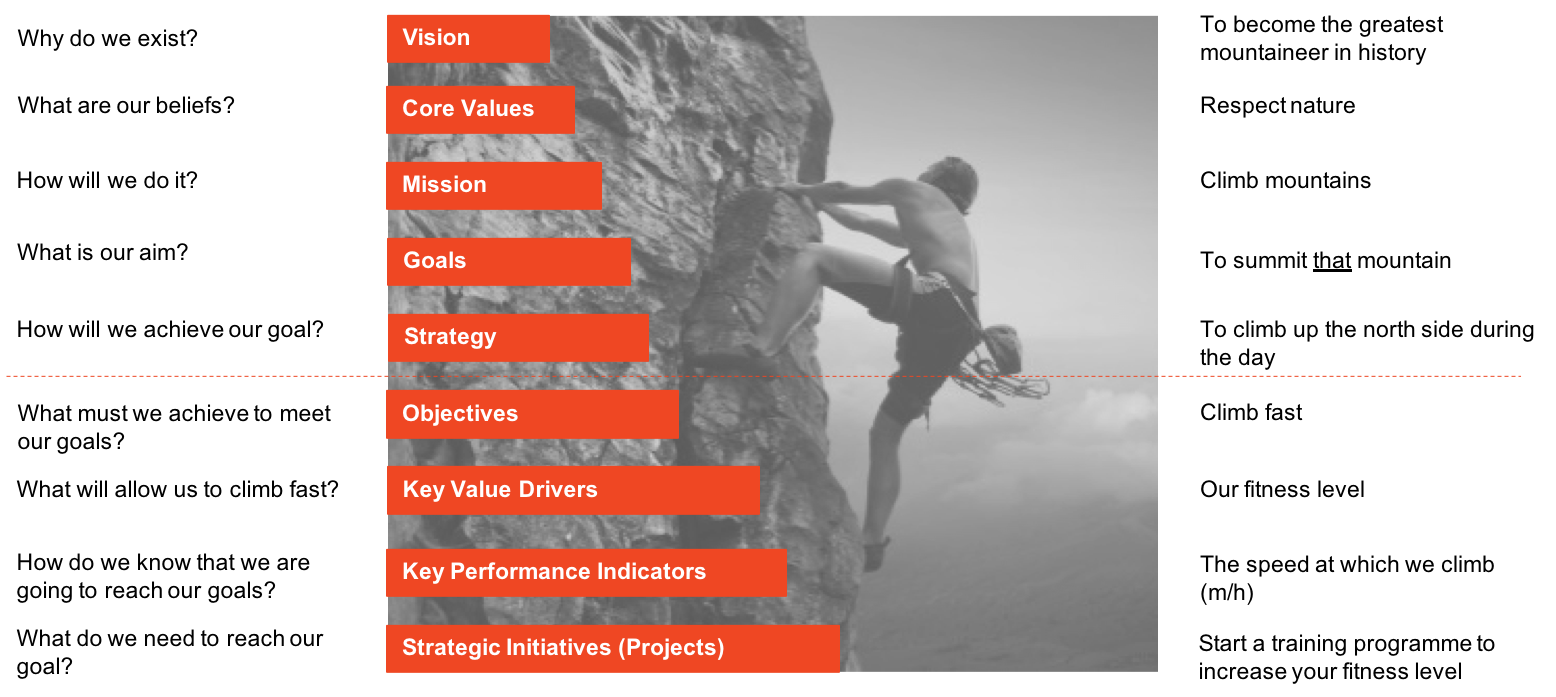Fibre or Fibre or Fibre
In my last two blogs, I discussed moving your technology to the cloud, and I pointed out that connectivity will probably be your biggest hurdle to overcome.In this blog, I discuss a few popular connectivity options – and bust open some marketing myths used to get you to buy them.
Fibre
Let’s start with the connectivity option everyone desires - fibre.
Not everything that has the word “fibre” in the product name is really fibre. Fibre is a physical fibre optic cable that brings your connection to your router or firewall. If a fibre optic cable (not copper) is not in the ground in your area, it is probably not fibre.
Solutions such as fibre-to-air or wireless fibre (and there are lots of these products on the market) will not give you the stability that comes with a physical fibre optic cable.
My advice to you; whenever possible go for the real deal and get real fibre. That is what I would do.
Line-of-sight
There are plenty of line-of-sight solutions to choose from in the market, such as microwave (a.k.a. fibre-to-air) and satellite, etc.
I am personally not a big fan. Yes, it may be more affordable than some of the other wireless solutions that don’t require line-of-sight. However, it is more sensitive to weather and trees, etc., because it requires a direct link between the relevant points; as the name “line-of-sight” implies.
I also find that many suppliers choose not to use carrier grade equipment, which doesn’t help at all, because it contributes to the instability. Combined with an unsilenced spectrum (shared with lots of users), you have a recipe for frustration and downtime.
No-line-of-sight
These solutions are becoming more regularly available. The costs are dropping significantly, and speed is increasing with each new generation, e.g. LTE or 5G.
There are also exciting new technologies introduced to this space. TV White Space, for example, refers to the unused broadcasting frequencies in the wireless spectrum, and it is like what is used for 4G and 5G. The gaps between channels left by television networks for buffering purposes can therefore be used to deliver widespread broadband internet, but at a much lower cost.
There are benefits to these types of solutions. They cost much less to roll out because there is no need for trenching and most of the infrastructure can also be shared. Most of them also deal much better with obstacles such as buildings, trees and mountains, reducing the need for infrastructure investment on the network provider’s side. However, these solutions are still more expensive than fibre on a like-for-like basis, especially if you are a heavy data user.
Even though some of these next generation technologies may sound like the preferred option for the future, I am increasingly concerned about the amount of radiation that some of them (e.g. 5G) produce. Only time will tell how safe they really are and what the impact on our health will be. Some free advice
If you are in the process of taking on the daunting task to find a better connectivity solution for your business, get someone involved who understands the pros and cons of all these solutions, but who doesn’t sell these solutions themselves.
If you only talk to the sales people, the best salesperson will win, not the best solution for you. Please like and share this blog if it was helpful.





